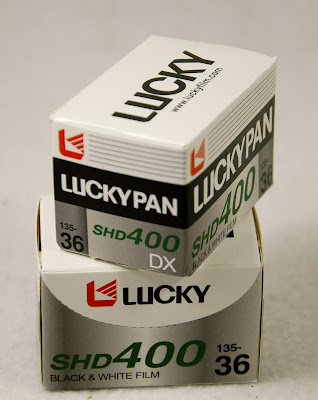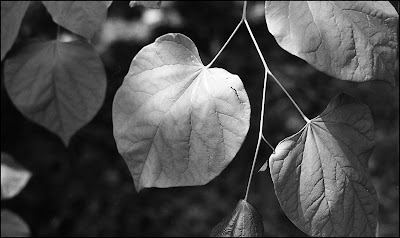While we have seen a lot of “new” films being introduced in the past few years, many of them have been nothing more than rebranding an existing emulsion.. However, Ferrania has introduced a new b&w film, which they call P33, and it’s based upon an older formulation that was used many years ago. This new film was announced without a lot of fanfare, unlike the Harman Phoenix color film. It’s also not easy to find at the moment, but I was able to buy a couple of rolls from Freestyle Photo. Please note that the film is not DX coded, so use it in a camera that allows you to manually set the ISO.
From the Film Ferrania site:
"With a sensitivity of 160 ASA, the P33 ensures a simpler and more versatile photographic experience compared to the past. Designed to overcome the processing and printing challenges faced by enthusiasts of the P30, the P33 offers distinctive features such as fine grain and defined contrast. This film not only meets the needs of professionals but also makes analog photography accessible to less experienced enthusiasts. Remaining true to the tradition of Film Ferrania, the P33 combines innovation and tradition, demonstrating the company's ongoing evolution in the industry."
To see their best practices for this film, go to their site.
So what does this mean, exactly? It’s a better film than P30, for sure. I’ve previously posted in 2018 about the first emulsion that Ferrania produced, and while I had good results from it, I have since felt that P30 doesn't do as well in high contrast situations.
P33 is a different film altogether, with fine grain, velvety tonality, and easy to develop with D-76. I put my first roll in my trusty Nikon FM3A with a 50mm f/1.2 Nikkor lens and shot the roll while on an Asheville Camera Club outing in Marshall, NC. The ISO of 160 was used, though I suspect that you could set the ISO dial to 200, and be happy with the results. Some of the roll was indoors, open shade, and in bright sun. I developed the roll in D076 1:1 for 11 minutes, agitating only every 60 seconds, as indicated by the online developing instructions. Then, it was a water stop, and I fixed for 8 minutes, followed by the rinse.
When I hung the film to dry, I thought the results looked good. When I scanned the negatives on my Epson V700 scanner the next day, I was amazed at the luscious smooth tones and fine grain. This is an EXCELLENT film.
It’s fair to compare this film with the P30. I think P33 is far better under all conditions, is easier to process, and of course, it’s a faster emulsion. Given the choice between the two, P33 is the clear winner. I think that it could be a great film for portraits, and there would certainly be a demand if it were also available as 120 film.































































